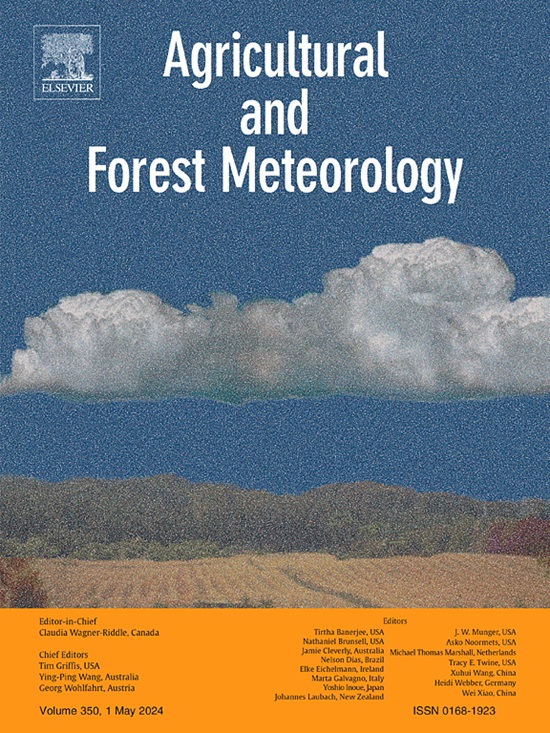模拟陆地碳汇:陆地生态系统模型的进展与挑战
IF 5.6
1区 农林科学
Q1 AGRONOMY
引用次数: 0
摘要
陆地生态系统通过封存大气中的二氧化碳,在调节全球碳循环平衡方面发挥着重要作用。陆地生态系统模型是量化不同时空尺度陆地碳汇的大小、年际变异性和长期趋势的重要工具;然而,尽管开展了广泛的研究,仍然存在巨大的不确定性和挑战。本综述首先从模型理论和方法的角度总结了几十年来生态系统模型的发展历程。然后,我们确定了模型的不确定性,包括由模型算法、参数化和强迫数据引起的不确定性。最后,我们提出了改进生态系统模型以准确模拟陆地碳汇的新机遇,包括来自观测和大数据的基于过程的新兴知识,以及模型与数据融合方法。本文章由计算机程序翻译,如有差异,请以英文原文为准。
Simulating the land carbon sink: Progresses and challenges of terrestrial ecosystem models
Terrestrial ecosystems play an important role in regulating the balance of global carbon cycle by sequestrating CO2 of atmosphere. Terrestrial ecosystem models are a critical tool for quantifying the magnitude, interannual variability and long-term trends of the land carbon sink across various spatial and temporal scales; however, despite extensive research, large uncertainties and challenges still persist. This review first summarizes decades of history in ecosystem model development in terms of model theory and methods. We then identify model uncertainties, including those arising from model algorithms, parameterization and forcing data. Finally, we propose new opportunities to improve ecosystem models for accurately simulating the land carbon sink, including emerging process-based knowledge from observations and big data, as well as model-data fusion methods.
求助全文
通过发布文献求助,成功后即可免费获取论文全文。
去求助
来源期刊
CiteScore
10.30
自引率
9.70%
发文量
415
审稿时长
69 days
期刊介绍:
Agricultural and Forest Meteorology is an international journal for the publication of original articles and reviews on the inter-relationship between meteorology, agriculture, forestry, and natural ecosystems. Emphasis is on basic and applied scientific research relevant to practical problems in the field of plant and soil sciences, ecology and biogeochemistry as affected by weather as well as climate variability and change. Theoretical models should be tested against experimental data. Articles must appeal to an international audience. Special issues devoted to single topics are also published.
Typical topics include canopy micrometeorology (e.g. canopy radiation transfer, turbulence near the ground, evapotranspiration, energy balance, fluxes of trace gases), micrometeorological instrumentation (e.g., sensors for trace gases, flux measurement instruments, radiation measurement techniques), aerobiology (e.g. the dispersion of pollen, spores, insects and pesticides), biometeorology (e.g. the effect of weather and climate on plant distribution, crop yield, water-use efficiency, and plant phenology), forest-fire/weather interactions, and feedbacks from vegetation to weather and the climate system.

 求助内容:
求助内容: 应助结果提醒方式:
应助结果提醒方式:


